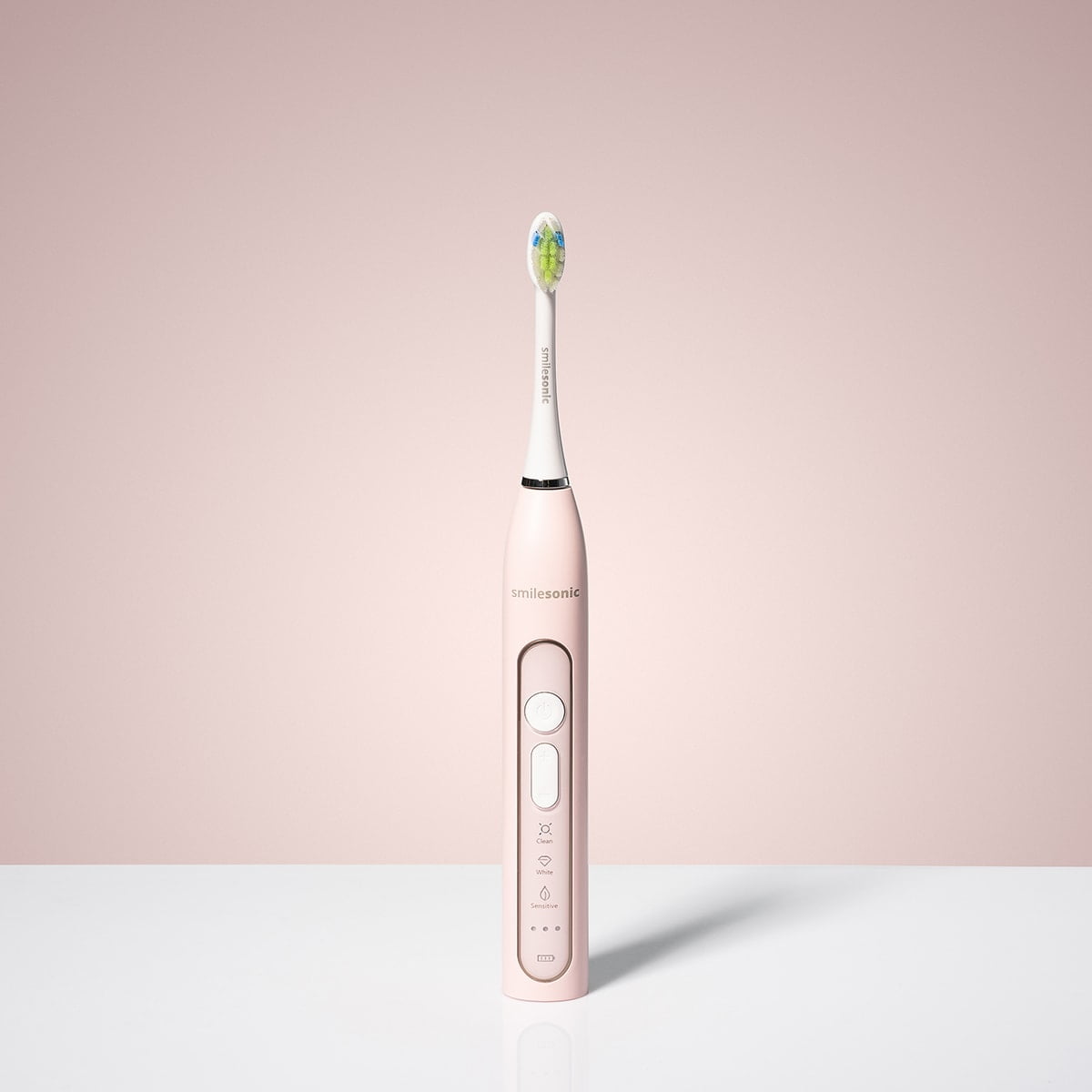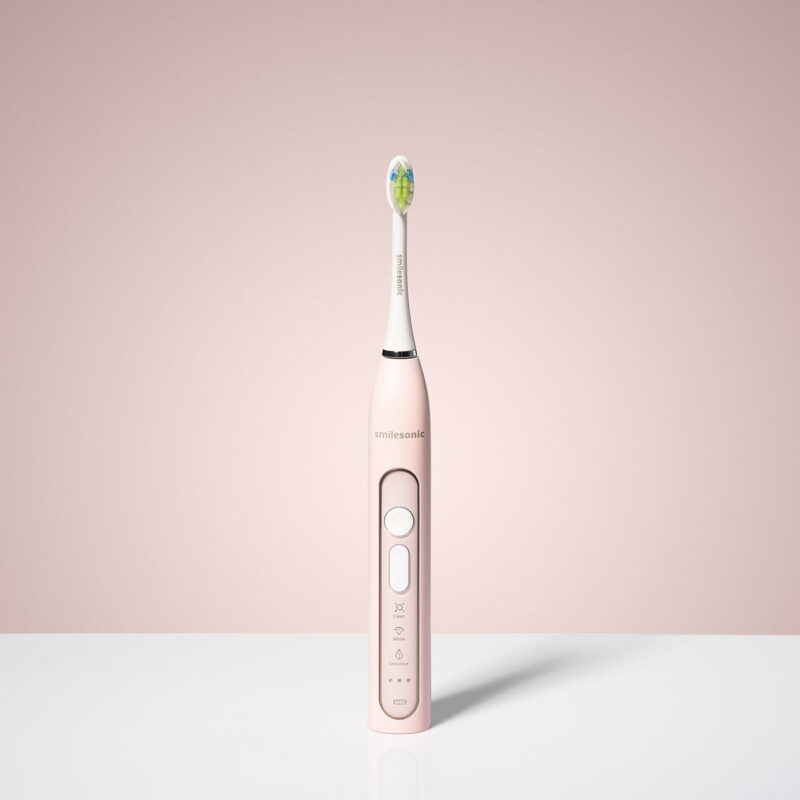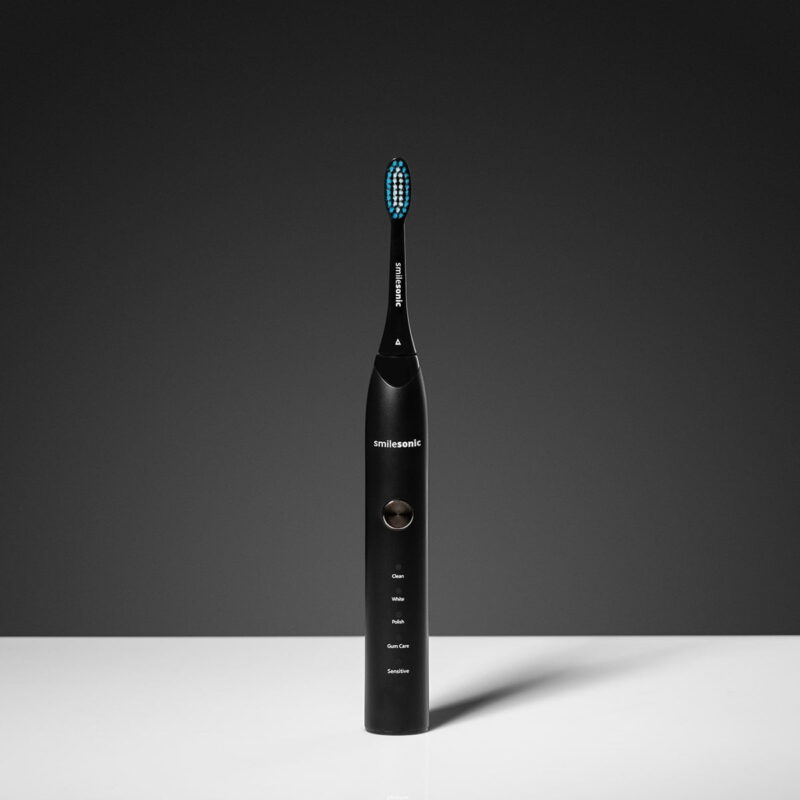Root canal treatment or tooth extraction? Which to choose?
Tooth decay is a real bane in our society. The problem is so big that it is difficult to find a person who has not treated cavities in a dental surgery. As far as small “holes” in teeth are concerned, the problem is solved by sealing, but in case of more serious problems it is necessary to conduct a long-lasting and not very pleasant root canal treatment. Alternatively, we can also remove the problematic tooth. Which solution should I choose? Is it worth treating the tooth with a root canal or maybe it is better to extract it at once?
What is root-canal treatment? When is it performed?
Root canal treatment is professionally called endodontic treatment. It is performed in the case of advanced decay, untreatable infection of the teeth or serious damage and fracture of the teeth. In other words, root canal treatment is performed when a diseased tooth can no longer be treated using any of the methods included in traditional conservative dentistry. Root canal treatment is considered to be very painful and uncomfortable, although today’s methods allow to minimize the unpleasant sensations accompanying such treatments.
To perform a “root canal”, the specialist first opens the problematic tooth and places a special agent inside, which is designed to lead to necrosis of the pulp. Then the dentist puts a temporary bandage on the treated area and schedules another appointment, which should take place within the next few days (this is the amount of time needed for the agent to take effect and the tooth to die). After this period of time, during the next appointment the doctor removes the pulp from the tooth, prepares the canal and cleans it of any remaining bacteria and tissues. At the final stage of treatment, the tooth crown is reconstructed, and the canal is filled.
What are the advantages and disadvantages of root canal treatment?
Root canal treatment has both its strengths and weaknesses. The main advantage of such treatment is the possibility to preserve even a very damaged, destroyed tooth. When sealing and other methods of traditional treatment fail, endodontic treatment usually turns out to be effective. Moreover, thanks to endodontic treatment we can cure the ailing tooth practically completely, as well as protect it against the intrusion of bacteria and dirt. This is because doctors fill the canals so that they are tight and durable.
To be fair, however, we should also write a few words about the disadvantages of such treatment. First, many people complain about the discomfort associated with “root canal”. Despite the fact that nowadays specialists have at their disposal minimally invasive and painful methods of root canal preparation, in case of very damaged teeth such a therapy may indeed be quite unpleasant. Secondly, even after a properly performed procedure of root canal treatment complications may occur. The most common of them are puncture of the canal, incomplete filling of the deformed canal or leakage of the filling material outside the tooth.
So why not an extraction?
When our tooth is in a very bad condition and there is not enough healthy tissue around it to support it after healing, the specialist may also recommend extraction, i.e. removal of the tooth. Such a decision is made in the absolute last resort, when the tooth is not promising at all, and also when the condition of the gums around it is very poor.
Many people are afraid of extraction as much as root canal treatment, but we assure you that there is nothing to be afraid of. The times when patients had their teeth pulled out without anesthesia and in pain are long gone. Currently the procedure of tooth extraction is virtually painless and safe. It is carried out under full anesthesia, and immediately after removing the painful tooth from the mouth the resulting wound is treated (if necessary, stitches are also placed on it). The only discomfort that may accompany the extraction procedure is the application of anesthetic into the gum, which, however, is short-lived and definitely bearable.
What is better to choose?
Which of the solutions to choose? Canal treatment or tooth extraction? Specialists are unanimous on this issue: whenever there is a possibility, a tooth should be tried to be saved. Although some patients decide on tooth extraction because of the low cost and the fact that they don’t have to visit the dentist several times, it should be borne in mind that tooth extraction always causes some problems in the future.
Firstly: in the place from which the tooth was removed, over time the bone tissue begins to disappear, which leads to the fact that we begin to lose our natural facial features. Secondly, missing one tooth in the jaw usually results in other teeth moving into the vacated area, which causes malocclusion. This is why it is always recommended to replace missing teeth with bridges and implants, and as we know this is a very expensive procedure. So if there is such a possibility, always try to save a tooth. Even if the cost would be a long-lasting and not very pleasant root canal treatment.
Smilesonic sonic toothbrushes may help you prevent tooth decay and all the above-mentioned troubles. These devices make up to 96,000 vibrations per minute, which makes them capable of removing much more plaque from your mouth than manual or rotary-pulse toothbrushes. Thanks to the technology offered by Smilesonic, you will have a healthy and beautiful smile, and the need for root canal treatment or tooth extraction will not concern you.














